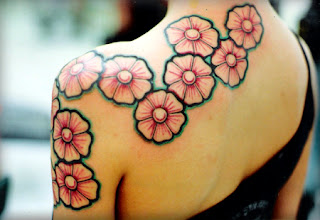Wondering what you can do to nurture healthy, vibrant skin from the inside out? Tackle stress! Here are seven habits, which if you practice regularly can lead to great looking skin.
Then, watch every inch of you and especially your face start to look younger, less stressed, more alive. Each step chips away at the non-stop pressure and tension that can age you by six years or more.
1. Practice deep breathing
Shift your body's balance of oxygen versus carbon dioxide in favour of energizing, stress-squashing oxygen by doing slow, controlled breathing exercises.
How often? Aim for twice a day.
Why do it? When you focus on your breathing, you're not focusing on anything else. That mental shift helps remove stressors, bringing you to a deeper level of consciousness, a place where you can put things into perspective.
2. Get active
Release the repressed anxiety trapped inside you by putting your body in motion for 30 minutes or more.
How often? Do something, anything, every day, because exercise only tames stress for a maximum of 24 hours. So to reap the most benefits, you need to do it daily. If you prefer, tuck 10-minute pockets of activity into your day – at lunch, after dinner, right after you get up and the house is still quiet. Find ways to sneak fitness into your schedule.
Why do it? Staying active boosts circulation, which delivers more nutrients to cells and skin. It also increases lung capacity, so you can take in more oxygen; lifts your spirits and sense of wellbeing; and fights age-related diseases. And, for many, it's the ultimate stress reducer.





